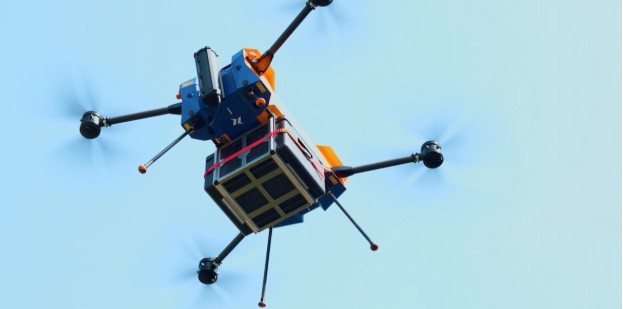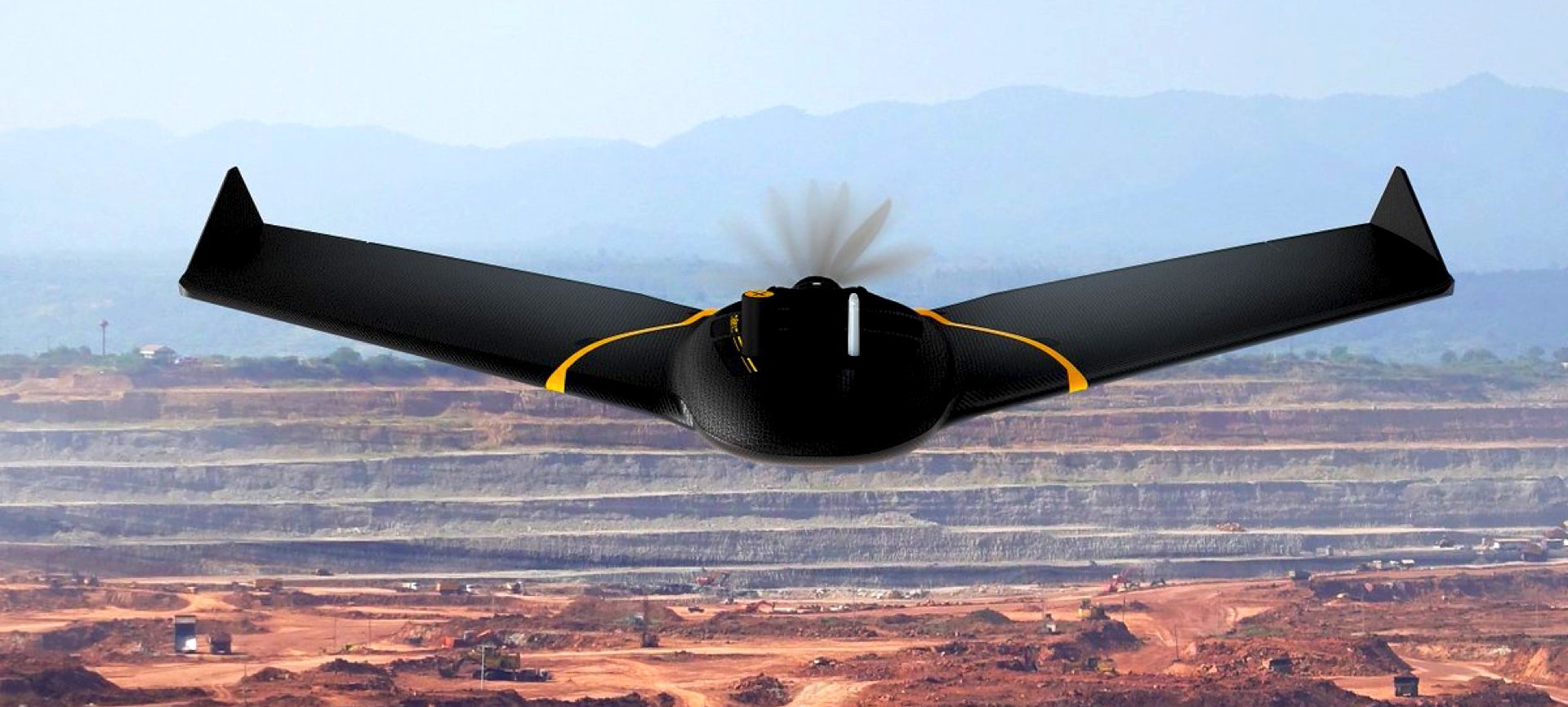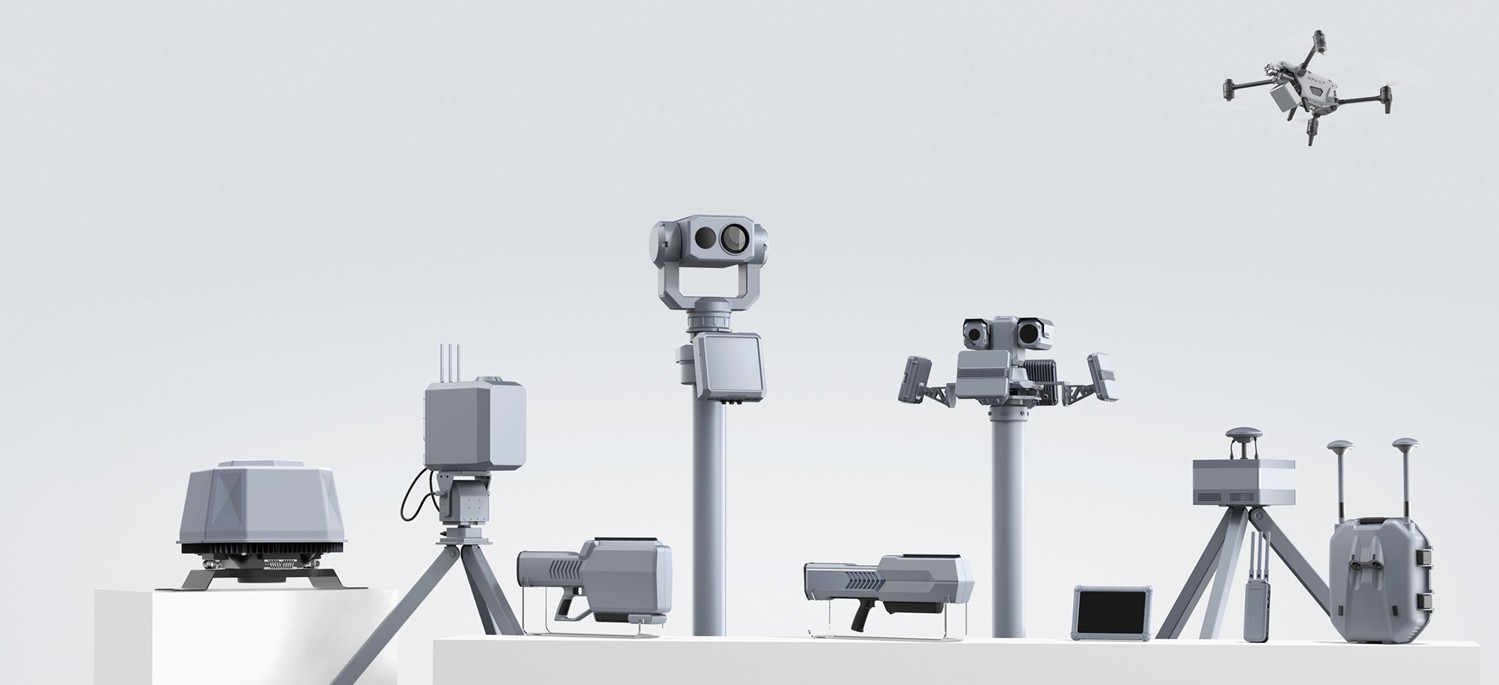Data, Safety, and Public Trust Take Center Stage at Aerial Cities 2025

Aerial Cities 2025 in Dublin City Hall opened with a networking breakfast hosted by HHLA Sky GmbH, setting the tone for a morning dedicated to innovation, regulation, and real-world integration of drone and advanced air mobility (AAM) technologies. The sessions delved deep into the interplay between data, infrastructure, safety, and societal acceptance, shaping a comprehensive view of how drone ecosystems are evolving toward full-scale deployment.
Data-Driven Safety: The Foundation of Scalable Drone Operations
The day’s first panel, “Data-Driven Safety in Drone Operations,” moderated by Lorenzo Murzilli, convened experts from Moonrock Insurance, UK Civil Aviation Authority (CAA), Dimetor, DLR/JARUS, Unisphere, and Maynooth University. Together, they examined how operational and regulatory data can form the backbone of safer, more efficient drone operations.
Speakers emphasized that data standardization and interoperability remain key challenges for the sector. With diverse systems collecting information on flight performance, risk, and airspace interactions, the lack of common data formats and interfaces hampers large-scale analysis and automation.
“Data is our biggest untapped safety resource,” one panelist noted. “But unless we can exchange it meaningfully across the ecosystem, its value remains limited.”
Discussions highlighted how machine learning and real-time analytics can preemptively identify operational risks, while automation continues to be essential in reducing human error — still the primary cause of most incidents. The panel also stressed the need for regulatory frameworks that evolve alongside data intelligence, ensuring that innovation and safety progress hand-in-hand.
eVTOL and Vertiports: Scaling Urban Air Mobility
The next session, “eVTOL and Vertiports: Scaling Urban Air Mobility for the Future,” moderated by Claudia Bacco, gathered thought leaders from Skyportz®, the Advanced Air Mobility Institute, Future Mobility Campus Ireland, and Archer.
The discussion centered on how infrastructure readiness, technological maturity, and regulation must converge to enable the next phase of urban and regional air mobility.
Speakers acknowledged that while eVTOL technology has advanced rapidly, the business models and certification pathways are still taking shape. Urban implementation will require synchronized planning among municipalities, developers, and aviation regulators to ensure safe integration into existing transport networks.
“Vertiports must be more than landing pads — they need to be digitally connected mobility hubs,” said one expert. “Interoperability between aircraft, ground systems, and telecom infrastructure will determine how fast we can scale.”
Interestingly, the group agreed that regional air mobility—linking smaller cities and remote areas—might achieve viable deployment before dense urban networks, due to simpler infrastructure requirements and lower airspace congestion.
Automation, Regulation, and the BVLOS Challenge
Two insightful standalone sessions followed. HHLA Sky GmbH presented how Beyond Visual Line of Sight (BVLOS) operations can scale safely through risk-balanced automation. The company showcased advancements in automated control systems that minimize human intervention while enhancing oversight and compliance.
Later, Emily Demarche, CPA from NUAIR, addressed the regulatory and infrastructure barriers slowing BVLOS adoption in the United States. She emphasized the need for clear, data-driven frameworks that balance safety assurance with operational flexibility, noting that harmonization between jurisdictions will be key to unlocking cross-border drone logistics and inspection services.
End-User Perspectives: Building Public Trust and Adoption
The afternoon sessions, led by Eszter Kovács, Co-founder and CEO of Aerial Cities, turned the spotlight to the most critical stakeholder — the end user.
Across two panels titled “End User Perspectives: Shaping Public Perception and Adoption,” leaders from An Garda Síochána, Dublin Fire Brigade, Swisscom Broadcast, British Transport Police, aha.is, Kongsberg Geospatial, and Traverse Connect shared practical insights from operational experience.
These discussions revealed that public trust and education remain the most significant factors in achieving long-term adoption. From emergency response to logistics, drones are already delivering tangible public benefits, but maintaining transparency, accountability, and open dialogue with communities is essential.
Key Takeaways
- Standardized data exchange remains a priority to improve safety and scalability.
- Human error continues to dominate incident reports; automation offers solutions.
- eVTOL models are maturing but still need validated business cases.
- Telecom data integration could improve situational awareness and risk management.
- Regional air mobility may precede full-scale urban deployment.
- Public acceptance is vital for sustainable drone ecosystem growth.
- End-user feedback loops are essential to maintaining long-term societal trust.
As Day Two concluded, participants left with a shared understanding: the future of drones and AAM depends not only on technical innovation but also on collaboration, interoperability, and human confidence.

.jpg)




